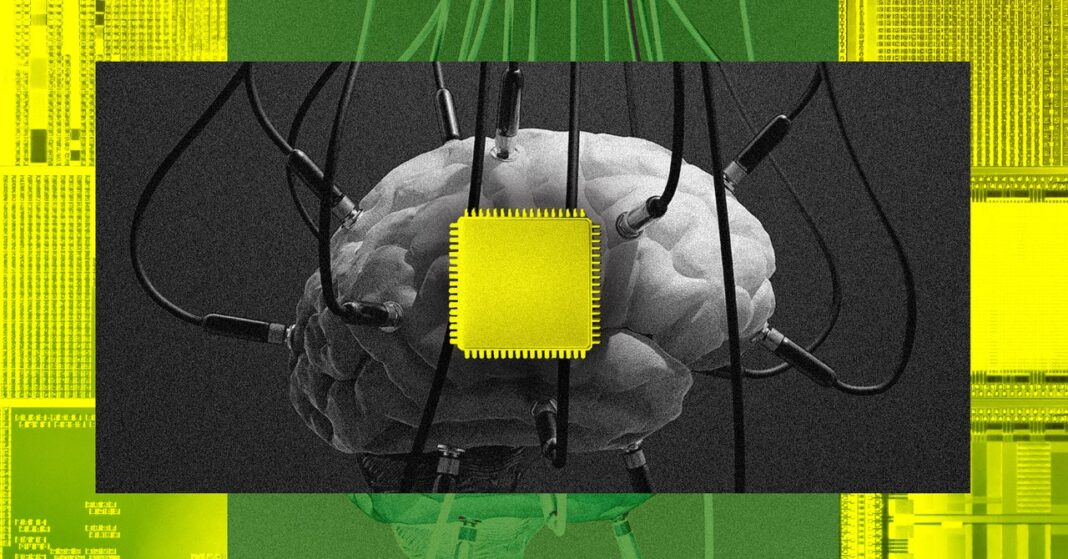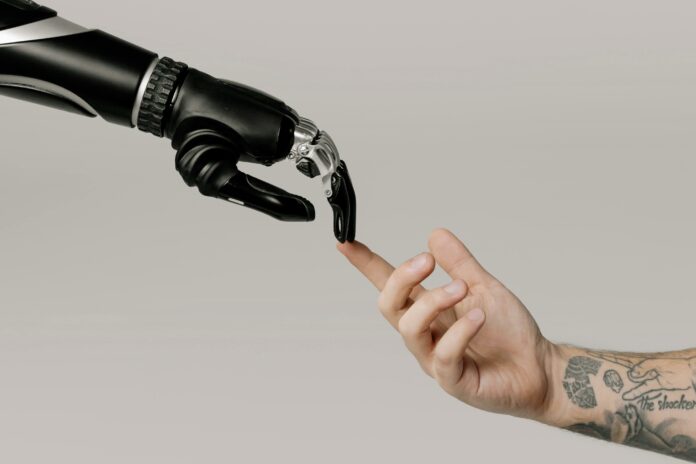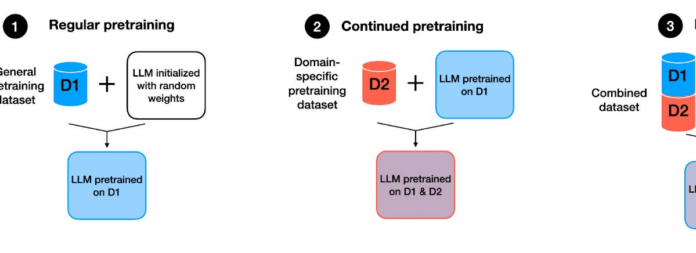In Short:
GlobalFoundries, a chip maker for companies like AMD and GM, partners with Lightmatter to revolutionize AI algorithms. Lightmatter’s Passage technology could lead to more powerful AI algorithms by linking chips using light instead of wires. Nvidia also unveils new powerful GPU for AI training. The chip industry is focusing on upgrading key components for AI supercomputers, potentially changing the future of AI development.
GlobalFoundries Partnership with Lightmatter and the Future of AI Hardware
GlobalFoundries, a semiconductor company that manufactures chips for industry giants like AMD and General Motors, recently announced a partnership with Lightmatter. The CEO of Lightmatter, Nick Harris, stated that they are collaborating with major semiconductor companies and hyper-scale cloud providers such as Microsoft, Amazon, and Google.
Addressing AI Algorithm Development Challenges
Lightmatter’s innovative approach to using light to interconnect a million chips could potentially eliminate a key bottleneck in developing smarter algorithms for AI projects. The advancement in hardware scalability is seen as essential by many AI researchers for future breakthroughs in the field, aiming towards achieving artificial general intelligence (AGI).
According to Nick Harris, Passage, the technology developed by Lightmatter, has the potential to enable AGI algorithms that are several generations ahead of the current cutting-edge solutions.
Streamlining Traffic in AI Data Centers
Lightmatter’s Passage technology aims to simplify the complex network structures within AI data centers, typically consisting of numerous computers and specialized chips connected via electrical wiring. By utilizing high-speed light connections, communication between different components within the data center can be significantly enhanced, bypassing the need for multiple layers of switches.
Industry Response to AI Hardware Innovations
The recent surge in AI advancements has spurred companies, both large and small, to reevaluate and innovate key hardware components essential for AI projects. Nvidia, a prominent GPU supplier for AI applications, introduced its latest training chip, Blackwell, at its recent conference. The new superchip integrates two Blackwell GPUs and a CPU processor using Nvidia’s high-speed communication technology, NVLink-C2C.
Nvidia’s decision to merge two chips together in the Blackwell GPU, resulting in increased power consumption, indicates a shift towards prioritizing performance enhancements over traditional size constraints. This shift highlights the potential importance of advancements in other hardware components, similar to the developments proposed by Lightmatter, in the evolution of AI supercomputers.





